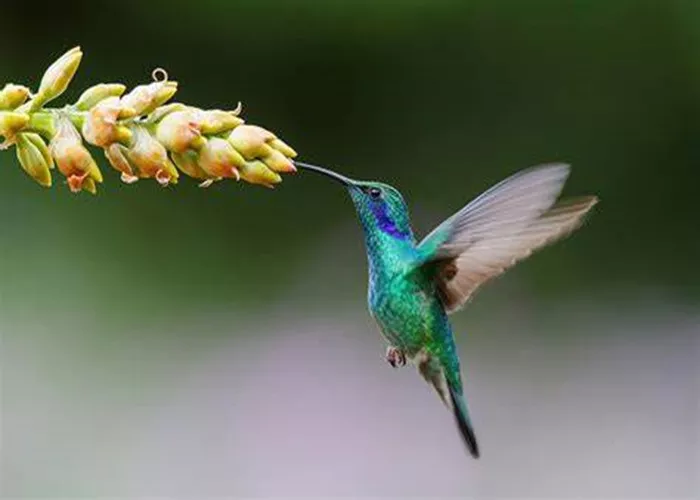As spring awakens, thousands of hummingbirds, particularly the ruby-throated species, migrate back to South Carolina from their wintering grounds in Mexico and Central America.
These birds are a delight to behold, with their iridescent plumage and rapid wingbeats. To attract these beautiful creatures to your garden, focus on planting a variety of nectar-rich flowers that are native to the region.
Ruby-throated hummingbirds are drawn to gardens filled with vibrant, tubular flowers like bee balm, hummingbird sage, and trumpet honeysuckle.
These plants provide essential nectar, which makes up a significant portion of a hummingbird’s diet. Other attractive options include cardinal flower, columbine, and Indian pink, all of which offer the red or orange hues that hummingbirds find irresistible.
To create a hummingbird-friendly garden, group similar plants together and choose species with staggered blooming periods. This ensures a constant supply of flowers throughout the year, providing a steady source of nectar for these birds.
Additionally, avoid using pesticides, as they can harm hummingbirds and other wildlife.
While nectar is crucial, hummingbirds also rely heavily on insects for protein. Incorporating plants that attract beneficial insects, such as aphids and spiders, can support a balanced diet for these birds.
By focusing on native plants and maintaining a pesticide-free environment, you can create a haven for hummingbirds in your garden this spring.


